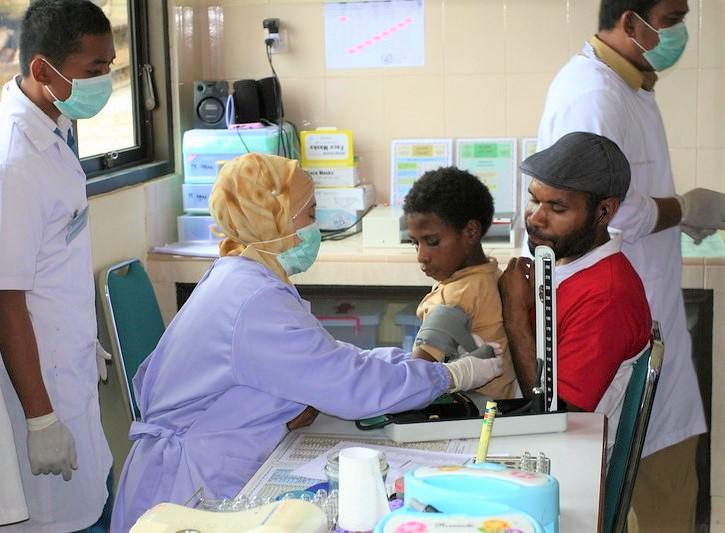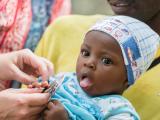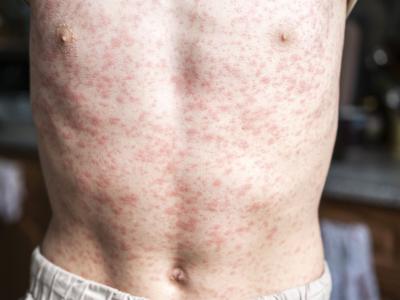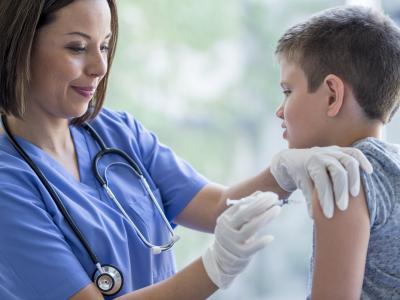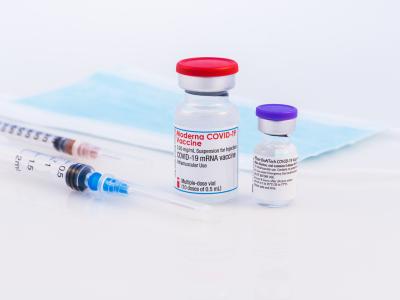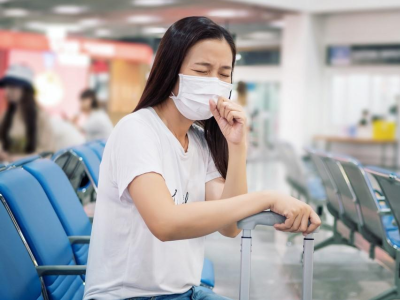The World Health Organization (WHO) announced new recommendations yesterday for diagnosing and treating children and young adolescents with tuberculosis (TB), including drug-resistant forms of the disease.
The recommendations were among the items discussed at a press briefing in advance of World TB Day on Mar 24. WHO officials also shared their concerns about the ability to treat TB patients in Ukraine amid the destruction caused by the Russian invasion, and called for more international funding for TB diagnostics, treatment, and prevention.
Shorter treatments for children
The new recommendations aim to close a large detection gap in children and adolescents, according to Kerri Viney, PhD, MPH, of the WHO's Global TB Programme. Of the 1.1 million children and adolescents who become ill with TB every year, Viney said, less than half are diagnosed or reported.
That gap has been exacerbated by the pandemic, which has disrupted TB diagnosis and treatment services around the world, particularly in high-burden countries. In 2020, according to WHO data, 63% of children and adolescents younger than 15 with TB were either not reported or didn't get access to diagnosis and treatment services.
"In addition, in 2020, approximately 226,000 children died due to TB, and most of these children did not access TB care," Viney said.
Diagnosing TB can be difficult in children in high-burden settings, especially in those under 5, in part because TB symptoms are often similar to other childhood respiratory illnesses and obtaining sputum samples is difficult. To help make diagnosis less challenging, the new WHO guidelines recommend making rapid molecular diagnostic tests the initial test for TB diagnosis in children and adolescents, using non-invasive specimens such as stool samples, and including those tests in treatment decision algorithms.
The WHO also wants to make treatment a little easier for children by reducing the length of the medication regimen for children with mild or non-severe TB from 6 months—currently the standard length in children and adults—to 4 months. That recommendation is based on a recent trial that found the shorter regimen was non-inferior to the 6-month regimen in children in four countries (Uganda, Zambia, South Africa, and India) with high TB burdens.
"This will allow children and adolescents with less severe forms of TB to resume schooling and their normal lives earlier, and shorter treatment will save costs for affected families in the healthcare system," Viney said.
The new guidelines will also make treatment for children with drug-resistant forms of TB a little easier by expanding the use of the two newest antibiotics for drug-resistant TB, bedaquiline and delamanid, to all ages. Expanded access to these drugs means children and adolescents with drug-resistant TB can now take an all-oral regimen, and will no longer need to take the injectable medications that have been linked to serious side effects, including deafness.
Other recommendations include a shorter treatment regimen for TB meningitis—down from 12 months to 6 months—and more decentralized TB care that will allow children to get care or preventive treatment closer to where they live. The WHO says it will help countries adopt and implement these new recommendations.
"When the new recommendations are fully implemented, we expect that this will lead to better outcomes for children and adolescents with TB, including saved lives," Viney said.
Concerns about Ukraine
While WHO Global TB Programme Director Tereza Kasaeva, MD, PhD, called the new guidelines a "game changer" for children and adolescents with TB, she noted that as the world prepares to mark World TB Day, progress against the disease has taken a hit in recent years.
She pointed out that global deaths from TB increased in 2020, the first increase in more than a decade, and that the ongoing COVID-19 pandemic and conflicts in high-burden areas are threatening to make matters worse.
Among the biggest areas of concern at the moment is Ukraine, which has the fourth-highest TB incidence rate in Europe and a high burden of drug-resistant and multidrug-resistant (MDR) TB. According to WHO estimates, drug-resistant TB accounts for 29% of new TB cases in the country, and 46% of previously treated cases.
Askar Yedilbayev, MD, MPH, a TB adviser for the WHO Regional Office for Europe, said the destruction of Ukraine's health infrastructure since the Russian invasion began could have deadly consequences.
"Undiagnosed and untreated tuberculosis, especially MDR-TB, can lead to very serious public health consequences, such as much lower chances to be cured and increased death," Yedilbayev said, adding that WHO is working with partners to ensure that essential health services are maintained in the country.
Yedilbayev also expressed concern about the more than 3.5 million Ukrainian refugees who have fled to neighboring countries, their potential risk of exposure to infection, and interruptions in care for refugees with TB. He noted that because many of the European countries accepting refugees have lower rates of TB than Ukraine, they are not prepared to treat large numbers of TB patients.
"WHO is working with partners and health authorities of neighboring countries to ensure access to tuberculosis and drug-resistant tuberculosis treatment for those refugees who require continuation of treatment, and for those new cases that will be diagnosed outside of Ukraine," he said.
Urgent need for funding
Saying there should be "no more excuses" in prioritizing and investing in one of the world's leading infectious disease killers, Kasaeva called on countries to mark World TB Day by boosting funding levels for TB diagnosis, prevention, and treatment, which to date have fallen far short of goals set at the United Nations High Level Meeting in 2018.
According to the WHO's 2021 Global TB Report, global spending on TB in 2020 fell to $5.3 billion—less than half of the global annual target of $13 billion by 2022. Kasaeva said ramping up domestic and international investment will help close the case detection and treatment gaps seen not just in children but among TB patients of all ages.
"Invest to end suffering and deaths," Kasaeva said. "Invest to end TB and save lives."
